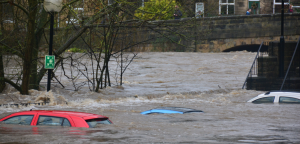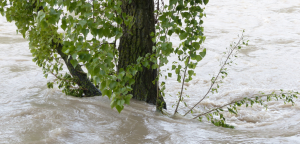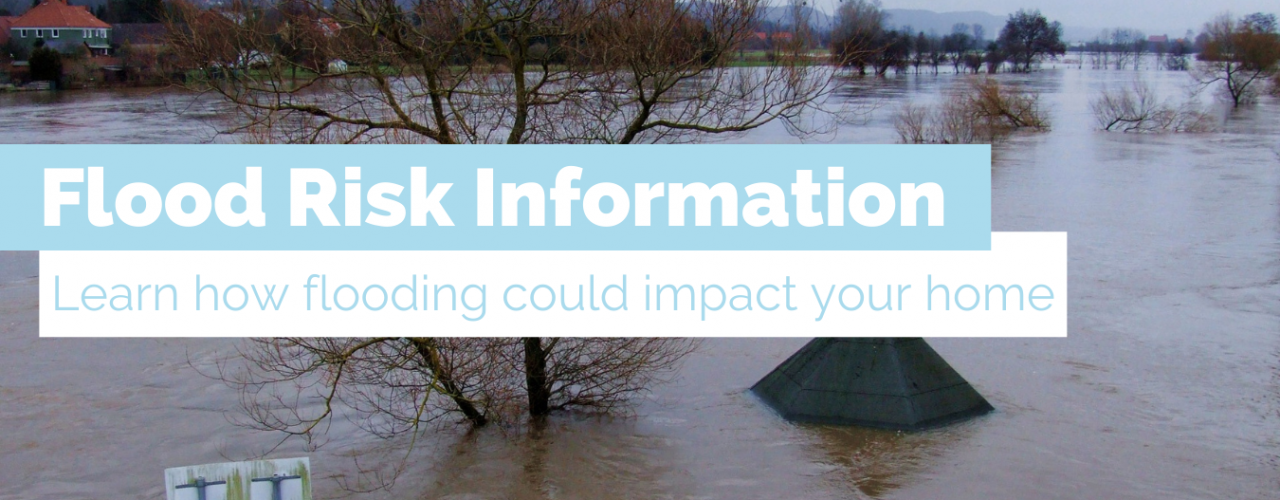
Floods are one of the most expensive natural disasters, and the number of properties at risk of flooding increases each year. Not only can the excess water damage the structure of your house, but it can also destroy your belongings. Many people think of flooding as a consequence of a weather-related event like a hurricane or a breached dam. However, your house can flood from severe storms, surging bodies of water, over-saturated ground, thawing snow, or overflowing rivers, lakes, ponds, and oceans. Even 1-2 inches of water entering your home can cause $25,000 in damage or more, making it a wise move to protect your home with flood insurance .
Using information gathered from First Street Foundation to show the current and future flood risk, so homebuyers and homeowners have all the flooding information they need.
Ready to find your dream home?
It’s that easy. Let us put our experience to work for you.
Flood Risk Frequently Asked Questions
1) What is flood risk?

2) Is my house in a flood zone?
3) Is flood insurance required?
4) How much does flood insurance cost?
5) How much flood insurance do I need?
6) How to get flood insurance?
7) Does my homeowner’s insurance cover damage from flooding?

8) Does renter’s insurance cover flood damage?
9) How to find out if a property has flooded before?
Unfortunately, many states don’t require sellers to disclose flood damage to prospective home buyers. This lack of information can make your decision to purchase a house in a flood-risk area more difficult. As a homebuyer, you can hire a home inspector to look for potential flood damage, like stains on the baseboards, ceilings, or in the basement, or any indications that repairs have been made to correct such damage.
Another alternative is to ask your insurance agent to run a Comprehensive Loss Underwriting Evaluation (CLUE) report to look for any past flood claims on the property. This report helps you if the homeowner processed a flood claim but did not have any unreported flood damage. It’s the most straightforward – and inexpensive – way to learn if the home has flooded in the past.
A flood can occur during any weather event that causes excessive rain, even if the property isn’t near a river, lake, or ocean. Therefore, it’s best to take every precaution you can to prepare for a flood, especially if you live in a high flood risk area.
10) How to prepare for a possible flood
If you live in a floodplain, you can take a few basic steps to protect your home. Wherever possible, elevate your furnace and water heater, and reinforce them with study barriers to make damage less likely. Seal basement walls with waterproofing compounds, relocate furniture to higher grounds, and install check valves in plumbing to prevent flood water from backing up into the drains of your home.
Follow weather alerts on the radio or TV news to see if your community is offering free sandbags. These are just some of the precautions you can take to prepare for a flood.
The Top 10 U.S. Cities With the Most Risk of Substantial Flooding
| Rank | City | Percentage of properties at Risk Today | Percentage of properties at Risk in 2050 |
|---|---|---|---|
| 1 | Cape Coral, FL | 69% (90K Properties) | 84% (108K Properties) |
| 2 | Tampa, FL | 32% (43K Properties) | 39% (52K Properties) |
| 3 | New Orleans, LA | 32% (48K Properties) | 98% (147.8K Properties) |
| 4 | Lehigh Acres, FL | 21% (26K Properties) | 23% (28K Properties) |
| 5 | Corpus Christi, TX | 21% (22.8K Properties) | 23% (25K Properties) |
| 6 | Fresno, CA | 19% (26.9K Properties) | 22% (30K Properties) |
| 7 | Chicago, IL | 13% (77K Properties) | 14% (84K Properties) |
| 8 | Houston, TX | 13% (75K Properties) | 15% (87.9K Properties) |
| 9 | Pittsburgh, PA | 12% (17K Properties) | 13% (18K Properties) |
| 10 | Los Angeles, CA | 12% (80K Properties) | 12% (82K Properties) |
Interested in moving out of these areas of substantial flooding?
It’s that easy. Let us put our experience to work for you.
This data comes from the First Street Foundation’s national overview of the top cities with the greatest proportion of properties at substantial risk of flooding.



